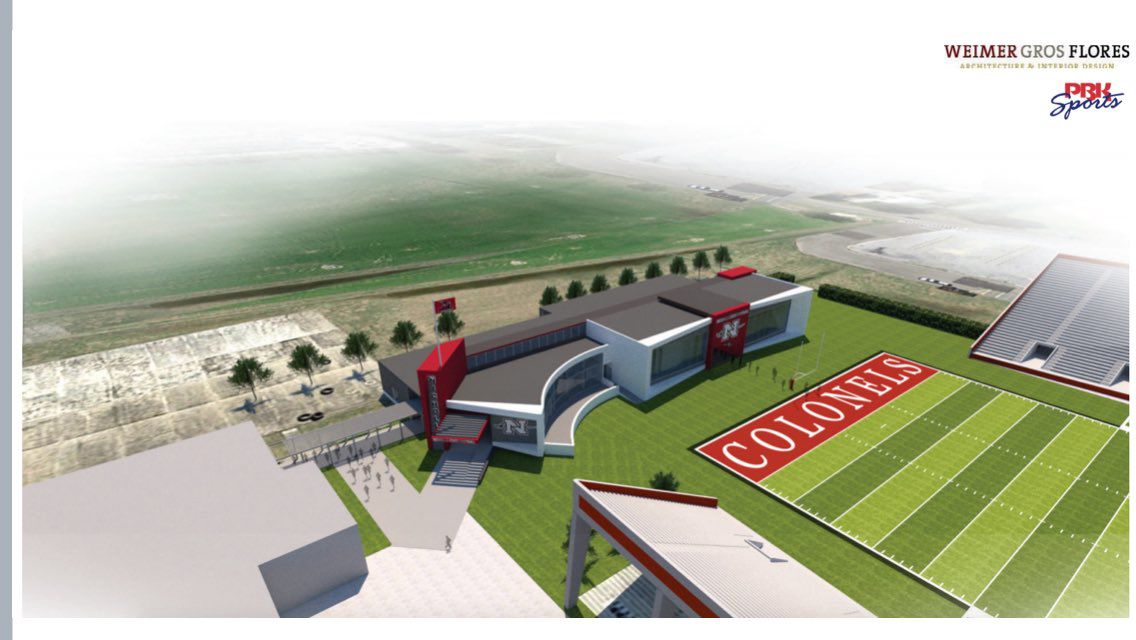
Shade Trees Can Help You Beat the Heat
June 12, 2019
Colonels get multi-million dollar athletic donation; will expand Barker Hall
June 12, 2019Optimal land management is a top priority for agricultural landowners, including management for wetlands that are important for providing habitat for wildlife, particularly migrating and wintering waterfowl.
Seasonally flooded wetland areas, also called moist-soil impoundments or units, not only provide a critical food source for wildlife and waterfowl but also enhance outdoor recreational activities such as hunting, bird watching and photography.
With about 75 percent of moist-soil management units currently under water, LSU AgCenter area wildlife and forestry agent Luke Stamper said early-season drawdown of flooded areas may be delayed.
The delay will likely result in greater emphasis on mid- to late-season intervention to encourage growth of favorable plant species and control invasive wildlife and undesirable plants in these areas, he said.
Stamper was one of several conservation experts addressing landowner wetland resource management concerns at a moist-soil management workshop held May 30 at the Caldwell Parish Community Center in Columbia.
The program highlighted topics on water drawdown timings, beneficial and invasive plant species and recommended maintenance practices for moist-soil management structures and was a collaborative effort of the LSU AgCenter, U.S. Department of Agriculture Natural Resources Conservation Service (NRCS) and Louisiana Department of Wildlife and Fisheries (LDWF).
An afternoon field tour to the Topan Shallow Water Area, part of the Beouf River Wildlife Management Area, featured demonstrations on proper maintenance of flashboard risers to control the rate of water removal during timed drawdown periods and plant species identification.
NRCS wetland biologist Terry Johnston said the workshop was aimed to impress upon landowners the importance of shallow water management.
Stamper said the meeting was well timed to help landowners better prepare for making decisions that will affect wildlife and waterfowl habitat next fall.
“We aren’t able to manage our drawdowns and plant successions the way we would like, and we are seeing more nuisance species in terms of wildlife and plants,” he said.
Intensive management to push nutritive value in the wetland landscape by encouraging growth of beneficial plant species during early, mid- and late-season water drawdown is a vital part of managing the plants responsible for attracting a diversity of wetland wildlife, Stamper said.
“A well-managed moist-soil unit is third in overall duck use days behind corn and rice,” Stamper said, adding that a native habitat management foundation is preferred for increasing a high-quality food bank for wintering waterfowl.
An early-season slow water drawdown greatly enhances plant diversity among beneficial annuals like grasses, sedges and rushes and provides more options for wetland management, including disking, flooding or mechanical interventions, he said.
Danny Graham, a landowner from Ruston who has managed up to 4,000 acres in Caldwell Parish for about 25 years as part of Wetlands Inc., said he was previously unaware of the importance of managing the timing and speed of water drawdown.
“I didn’t realize, the slower the better,” Graham said.
David Breithaupt, NRCS liaison and farm bill and grants program manager with LDWF, said the best moist-soil management plan mimics the natural flood regime.
The three-point process for managing moist-soil impoundment includes deciding when to initiate the first drawdown of water, what plant succession strategies are needed and timing of seasonal reflooding of sites, he said.
“You can’t go wrong — the worst thing you can do is be inactive,” Breithaupt said.
A slow drawdown of water levels within about 45 days of the growing season is preferred, generally at a rate of about 2 inches at a time, he said.
Beavers can obstruct risers in and outside the flashboard units, restricting water flow, and nutria will burrow inside levees causing water loss, Stamper said.
“You want to patrol your property during critical periods of early germination,” he said. “You need to be out there supervising the landscape to control nuisance wildlife during the management season.”
The workshop was sponsored by the Louisiana Wildlife and Fisheries Foundation, Tri-State Conservation Partnership and Ducks Unlimited. •









